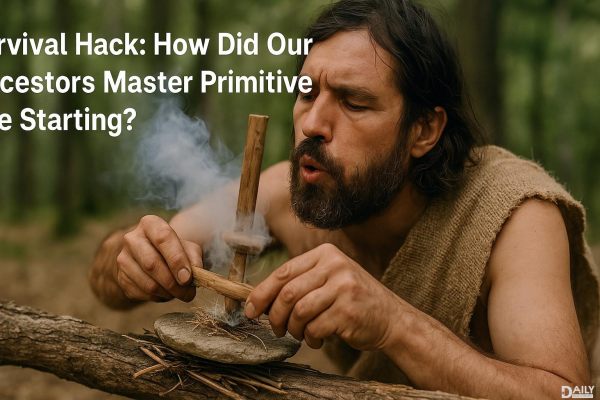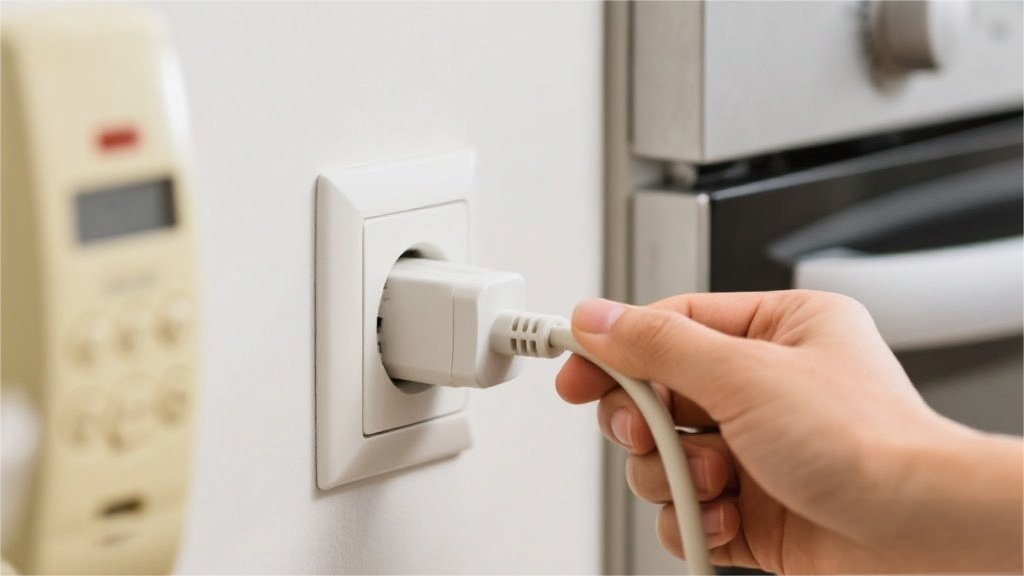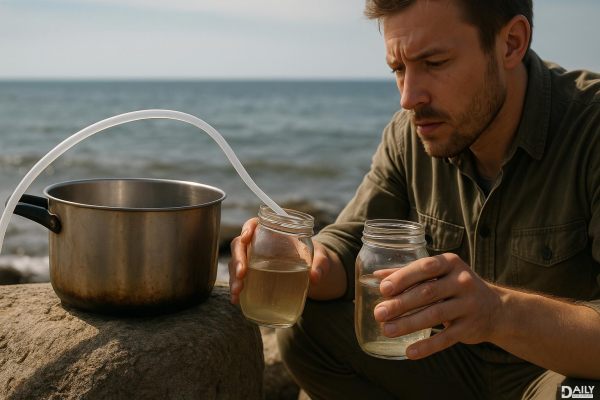Our ancestors didn't have the luxury of flicking a Bic when they needed to cook dinner or stay warm—they had to get creative with primitive fire-starting techniques that would make even the most seasoned survivalist sweat. From striking rocks to rubbing sticks like their lives depended on it (because, well, they kinda did), early humans turned fire-making into an art form through trial, error, and probably a whole lot of frustration. The methods they perfected weren't just about sparking flames; they were about controlling one of nature's most powerful elements with nothing but raw materials and sheer determination.

Before matches and lighters, fire was the ultimate game-changer for human survival. Early humans likely first encountered fire through natural causes like lightning strikes or volcanic activity, but the real breakthrough came when they figured out how to create it themselves. The ability to generate fire on demand meant warmth in icy conditions, protection from predators, cooked food (which made nutrients more accessible and reduced disease), and even light to extend productive hours after sunset. This wasn't just a convenience—it was a revolutionary leap that allowed our ancestors to thrive in environments that would've otherwise been uninhabitable.
The earliest confirmed fire-starting method involved striking iron-rich rocks like pyrite against flint to create sparks. Archeological evidence from Neanderthal sites shows they were using this technique as far back as 50,000 years ago. The process requires specific types of rocks—flint and pyrite being the dream team—and a whole lot of patience. When struck at just the right angle with enough force, these stones produce tiny, super-hot sparks that can ignite tinder like dried grass, fungus, or birch bark. Our ancestors likely carried these "fire rocks" with them as precious commodities, passing down knowledge of which combinations worked best through generations.
If smashing rocks together sounds too violent for your taste, our ancestors had another trick up their sleeves—friction fire. The most famous version is the hand drill method, where a person rapidly spins a straight stick between their palms while pressing it into a notch on a flat wooden base. The heat generated from this intense rubbing eventually creates an ember that can be transferred to tinder. Variations like the bow drill (which uses a bowstring to spin the drill faster) and fire plow (where a stick is "plowed" along a groove in wood) made the process slightly less exhausting. These methods required expert knowledge of which woods worked best—cedar, willow, and basswood being top choices—and hours of practice to master the perfect technique.
Early fire-starters didn't just randomly stumble upon these techniques—they developed them through careful observation of nature and plenty of experimentation. They noticed how certain rocks sparked when dropped, how friction could heat wood, and how different materials caught fire more easily. This knowledge became cultural gold, passed down through stories, demonstrations, and probably a fair share of singed eyebrows. Fire-making was so valuable that many ancient cultures incorporated it into their myths and rituals, often assigning spiritual significance to the process. The Vestal Virgins of Rome, for example, were tasked with keeping the sacred flame burning continuously as a symbol of the city's vitality.
While we've got lighters that work with a thumb flick, primitive fire-starting skills haven't completely gone extinct. Survival experts and outdoor enthusiasts still practice these ancient methods, both as a practical backup skill and as a way to connect with our ancestral past. Modern experiments have shown that even with perfect conditions and materials, creating fire through primitive methods can take anywhere from 30 seconds to 30 minutes—a humbling reminder of how tough our ancestors had it. Some indigenous communities continue to use these traditional techniques today, preserving knowledge that's been refined over millennia.
Next time you casually light a candle or start your grill, take a second to appreciate the incredible ingenuity it took for humans to master fire in the first place. Those early sparks didn't just create flames—they ignited human progress in ways we're still benefiting from today. Our ancestors may not have had YouTube tutorials or survival gear stores, but their resourcefulness and persistence literally brought light into the darkness, one carefully nurtured ember at a time.
























